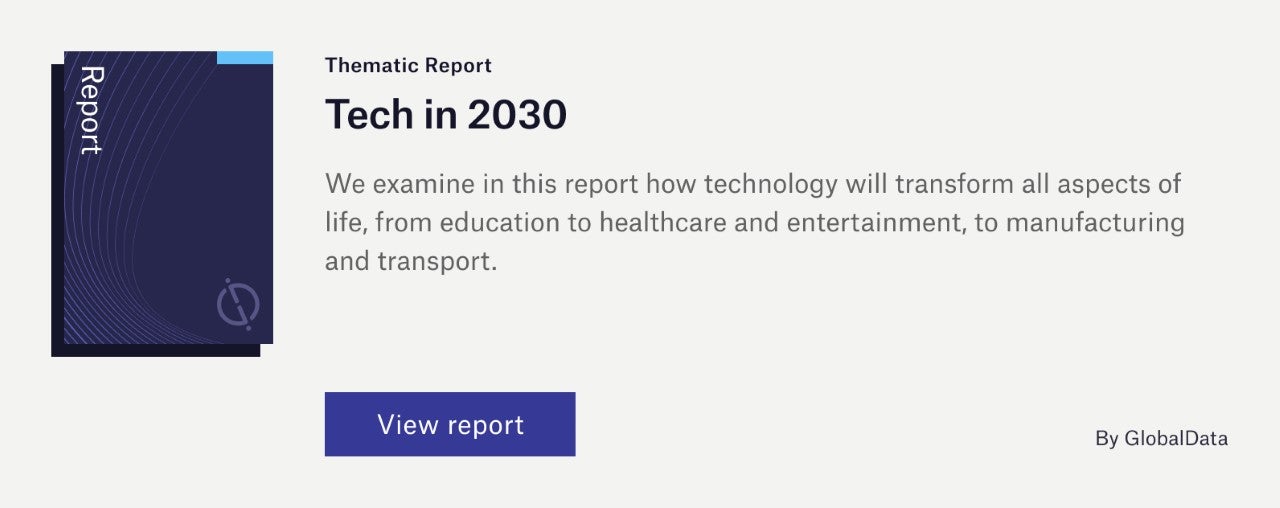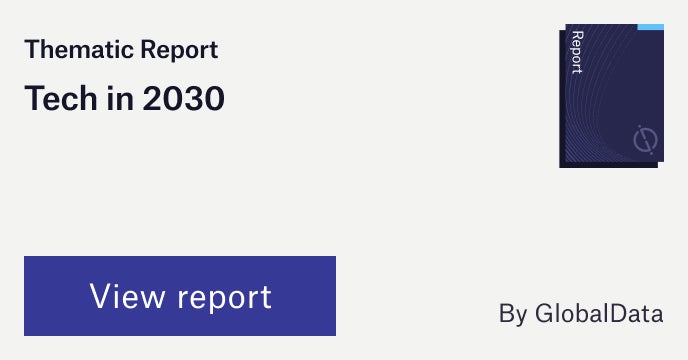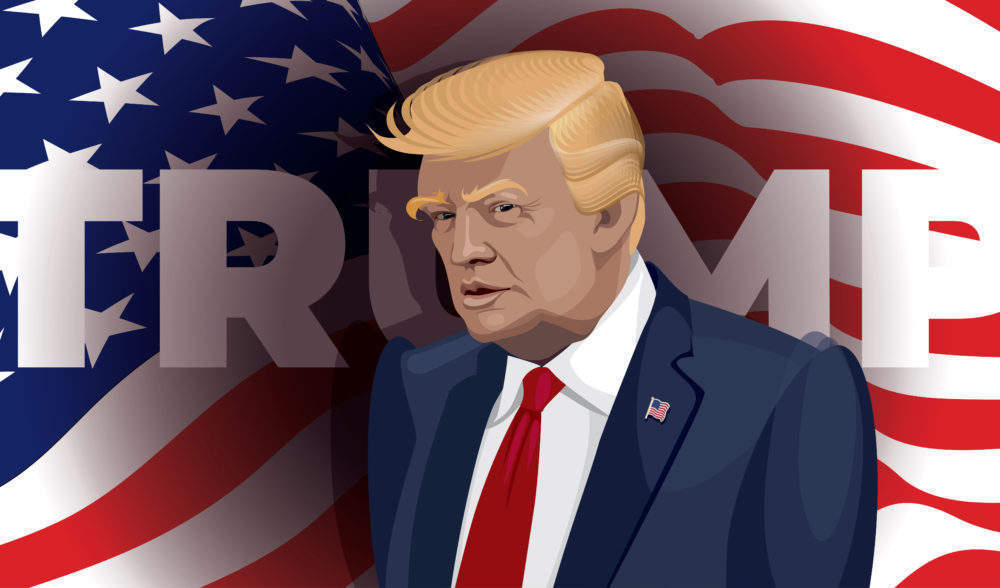The future of the technology industry will be shaped by a range of disruptive themes, with video streaming being an important theme that will have a meaningful impact throughout the music, film and TV sector.A detailed analysis of the theme, insights into the leading companies, and their thematic and valuation scorecards are included in GlobalData’s thematic research report,Internet TV – Thematic Research. Buy the report here.
TV consumption continues to move from scheduled TV broadcasts to on-demand video streamed over the internet. The two main types of video streaming services are over-the-top (OTT) TV and internet protocol TV (IPTV). The former runs on top of a public internet connection, while the latter refers to video streamed over a private, dedicated network, typically owned by a telecom operator. Collectively, we refer to OTT TV and IPTV as internet TV. In 2019, there were 921 million subscribers to traditional pay TV services (cable TV and satellite TV) worldwide, down 1% from the previous year. By contrast, the number of OTT TV subscribers rose 44% to 839 million, and a further 335 million people had IPTV subscriptions. Since March 2020, as the Covid-19 pandemic has forced more consumers to stay at home, demand for internet TV services, which are cheaper and more flexible than traditional pay TV bundles, has surged. We expect OTT TV subscriptions to grow at a compound annual growth rate (CAGR) of 12% over the next three years, while cable and satellite TV subscriptions will fall at a CAGR of 1% over the same time period.
However, not all companies are equal when it comes to their capabilities and investments in the key themes that matter most to their industry. Understanding how companies are positioned and ranked in the most important themes can be a key leading indicator of their future earnings potential and relative competitive position.
According to GlobalData’s thematic research report Internet TV, leading adopters include: Amazon, Netflix, Walt Disney, Apple, Alphabet, Tencent Music, iQiyi, Alibaba Pictures, Bilibili and Tencent.
Insights from top ranked companies
As of January 2020, Amazon Prime had over 150 million subscribers worldwide, closing in on Netflix’s 182 million. However, it is not clear how many of these Prime members access the Prime Video service. It undercuts Netflix on price, with the standalone video service costing $8.99 a month, rising to $12.99 a month for full Prime membership. Amazon’s content budget of $6bn in 2019 was superseded by both Netflix ($15bn) and matched by newcomer Apple, but it still produced acclaimed original content, picking – up 47 Emmy nominations in 2019. Prime Video has a good selection of licensed content, but its library is not as large as that of Netflix. However, unlike Netflix, Amazon has entered the live sports market, securing the rights to all Thursday night NFL games, ATP tennis, and some English Premier League football matches. More exclusive content is also offered for rental or purchase. It has a good user interface and recommendation engine, yet it is not up to the level of the market leader, Netflix.
Netflix is the world’s leading paid OTT TV platform by both revenues and subscribers. Netflix had 182 million subscribers globally at the end of March 2020. In Q1 2020, the platform gained a record-breaking 15.8 million new subscribers, largely due to Covid-19. Its market supremacy is founded on first-mover advantage, a strong user interface, and a large content catalogue. Most of Netflix‘s content is licensed from third-party content creators. In 2013, Netflix began to produce films and TV shows. At $15bn, Netflix‘s original programming budget for 2019 was the largest for a pure-play OTT TV firm by far. One of the main reasons for this focus on original content was that Disney and WarnerMedia planned to remove all of their content from Netflix by January 2021. Despite Netflix‘s user interface benefitting from a strong recommendation engine, the loss of content licenses could cause customers to walk away, making it more difficult for Netflix to service its $14.2bn of long-term debt (as of April 2020). Indeed, Netflix saw its first drop in US subscribers in Q2 2019. Numbers fell from 60.2 million to 60.1 million, although they bounced back in Q3 2019 to 60.6 million.
Disney owns three OTT TV services in the US: Disney+, Hulu, and ESPN+. In addition to Hulu’s 32 million subscribers, Disney+ is estimated to have amassed a further 50 million in its first six months up to April 2020. This makes its target of up to 90 million subscribers globally by the end of 2024 very feasible, with Barclays valuing Disney’s streaming empire at $108bn in January 2020. In addition to all of Disney’s original content, the platform has access to content from Disney’s acquisitions, including Star Wars, Marvel, Pixar, and Fox. Disney is also able to undercut the competition on price, charging just $6.99 per month for Disney+, which can be bundled with Hulu and ESPN+ for just $12.99 a month in the US. Whilst content is an important factor, Disney needs to improve its user interface and ability to harness data and AI to target recommendations if it is to compete with the tech companies in this market. Disney also owns the Indian OTT TV platform Hotstar, which is leading the Indian market with more than 300 million MAUs as of April 2019.
To further understand the key themes and technologies disrupting the technology industry, access GlobalData’s latest thematic research report on Internet TV.
- Rakuten
- ByteDance
- Naspers
- AT&T
- Spotify
- Comcast
- Zee Entertainment
- Technicolor
- Sony
- ITV
- Lions Gate Entertainment
- Quibi Unlisted
- Sun TV Network
- Network 18 Media
- Nexstar
- Vivendi
- Entertainment One
- Discovery
- Grupo Televisa
- Nippon TV
- TEGNA
- RTL
- AMC Networks
- Atresmedia
- Fuji Media
- Sirius XM Radio
- ProSiebenSat.1
- Television Broadcasts
- Live Nation
- TV Francaise (T.F.1)
Data Insights
From

The gold standard of business intelligence.
Blending expert knowledge with cutting-edge technology, GlobalData’s unrivalled proprietary data will enable you to decode what’s happening in your market. You can make better informed decisions and gain a future-proof advantage over your competitors.









